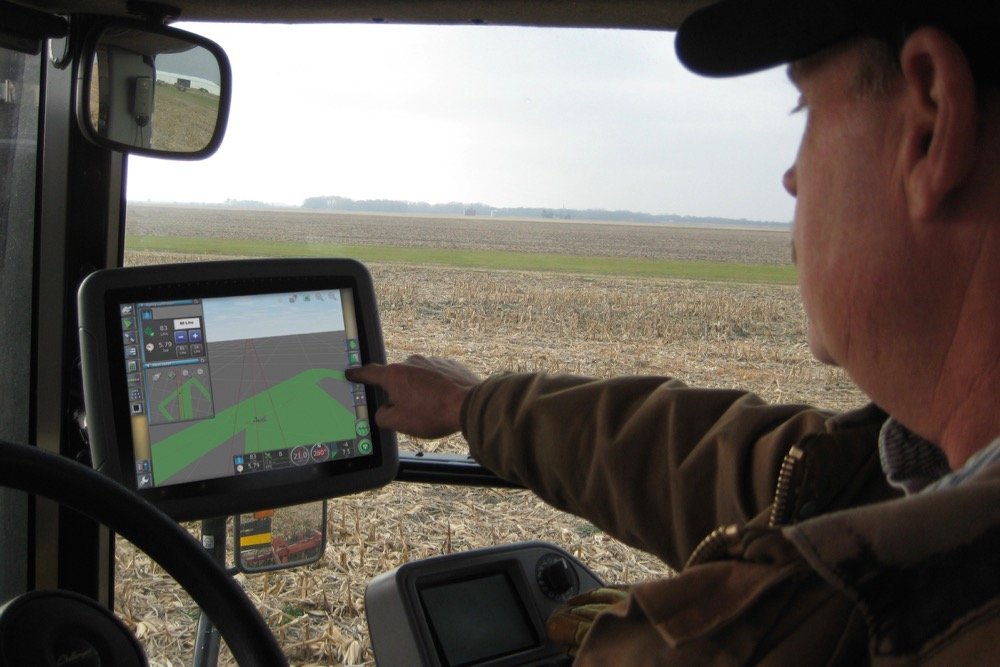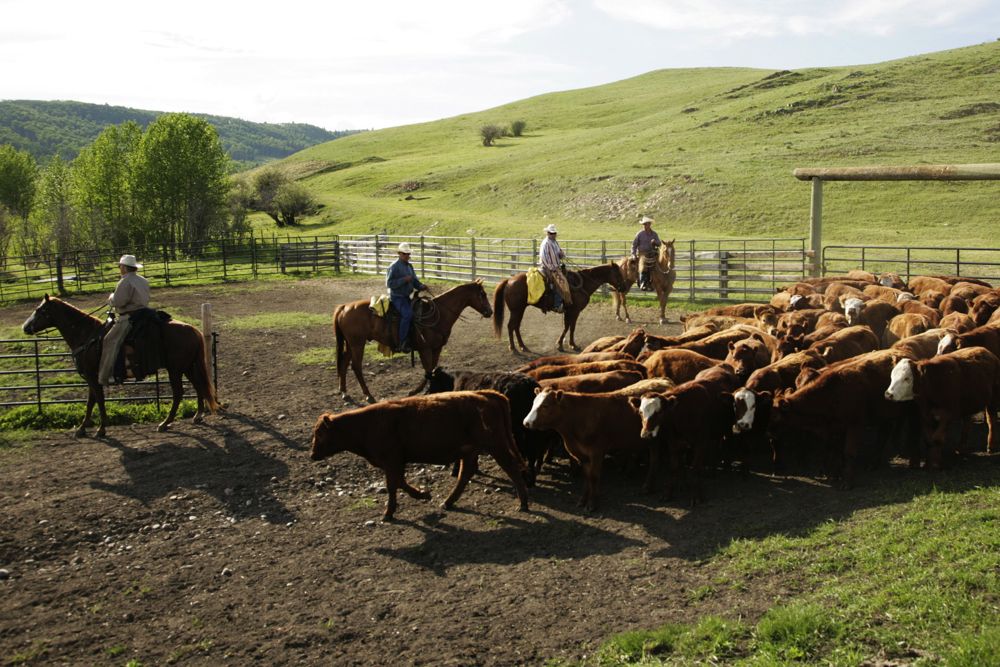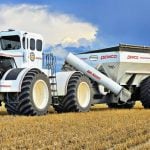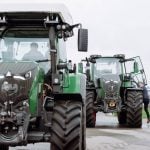CNS Canada — Canadian farmers in most sectors are strong proponents of data-driven technology, according to a report Wednesday from Statistics Canada.
The latest release from StatsCan’s 2016 Census of Agriculture showed farmers were particularly keen to jump into new technology if it improved the efficiency of their operations or their bottom lines.
StatsCan spokesperson Erik Dorff said the agency has been going through old census reports dating back to 1871, showing farmers have long been ahead of the curve when it comes investing in new technology.
Read Also
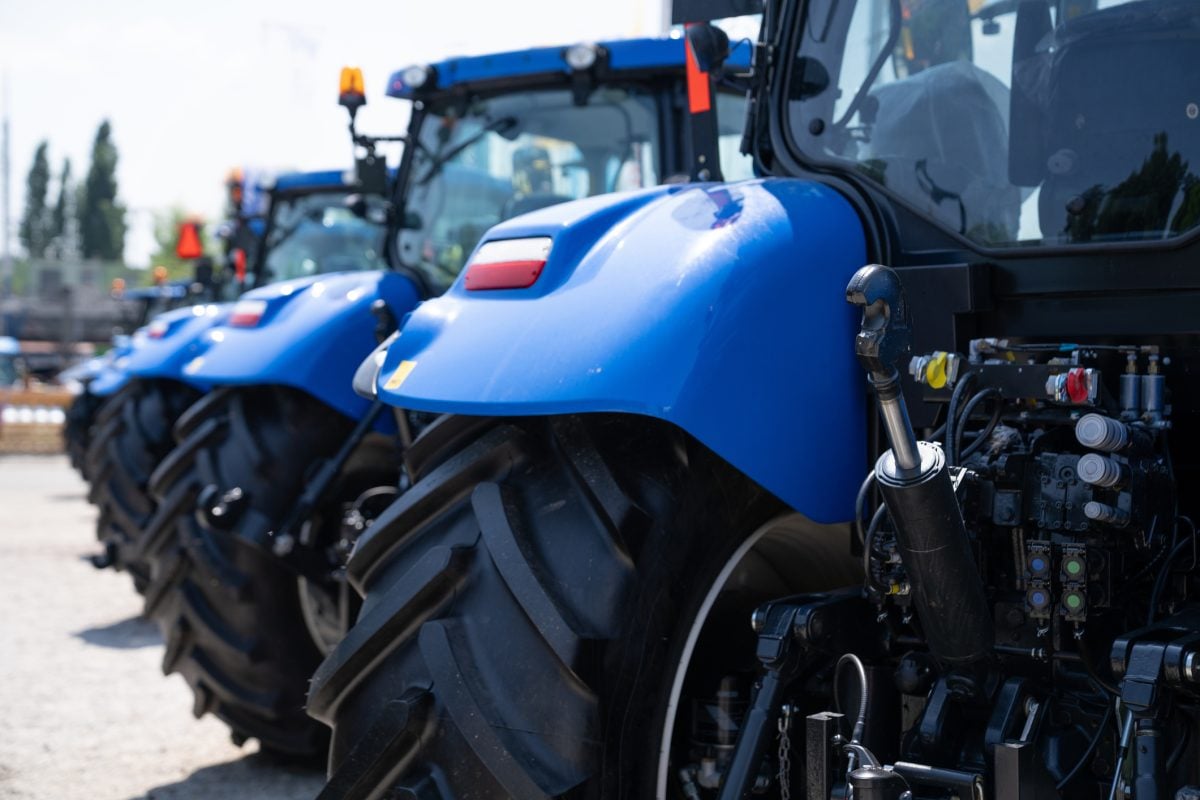
Association of Equipment Manufacturers sets up lobby in Ottawa
The Association of Equipment Manufacturers, an organization representing North America’s agriculture and construction equipment makers, is setting up an office in Ottawa.
“As we look through what we collect on the census, we always see that farmers have been fairly aggressive in adopting new technology,” he said in a phone interview.
From using horses to pull plows, to ever-increasing engine horsepower, to zero tillage, to seed genetics, Dorff said farmers are consistently early adopters of change.
“Farmers have been really innovative businessmen in applying and leveraging technology to make their operations more efficient.”
The StatsCan report showed large-scale farmers are most likely to adopt new technology, with the percentage of farms that report technology use as part of their operations growing as sales increase.
On farms with sales of $1 million or more, 95.9 per cent reported using at least one of the technologies listed. That compares to 42.7 per cent for farms with sales of less than $10,000. On farms with sales of $100,000-$249,999, 73.3 per cent reported using one of the technologies listed.
Those include robotic milking, greenhouse automation, automated animal housing environmental controls, automated animal feeding, GIS mapping, automated steering, GPS technology, smartphones, tablets or computers for their farm operations.
On grain and oilseed farms, 48.6 per cent reported the use of automated steering, 62.5 per cent used GPS and 15.8 per cent used GIS mapping.
The more acres farmed by grains and oilseed farmers, the more likely they were to adopt these technologies.
On farms reporting 10,000 acres or more of cropland, 93.6 per cent used automated steering, 97.1 per cent used GPS and 52.7 per cent used GIS mapping.
The report also noted more farms are using larger and more advanced equipment.
The value of farm machinery and equipment rose 15.4 per cent across the country from the last census in 2011, to $53.9 billion in 2016.
Larger tractors and other equipment enable farmers to complete field work more quickly, the report noted.
“Well, we’ve got some really, really cool technology that is being deployed on the farm,” said Dorff.
“The technology does allow operators, where suitable, to be much more productive, to really do more with less.”
In the report, the average total value of machinery per farm registered at $278,405 in 2016, up 22.7 per cent since 2011.
On livestock operations, hog and pig, and poultry and egg operations were mostly likely to use automated environmental controls for housing and automated feeding. In 2015, 53.6 per cent of hog and pig farms reported they used automated animal feeding and 43.3 per cent of poultry and egg type farms reported the use of automated environmental controls.
Nationwide, 11.1 per cent of livestock farms reported the use of automated feeding systems and 10.2 per cent reported the use of automated environmental controls.
For dairy, 8.9 per cent reported robotic milking technology. Not surprisingly, the percentage of farms that reported having robotic milkers increased as the number of cows increased. However, the number peaked at 17.4 per cent on operations milking between 201 and 500 cows. Operations with 501 cows or more and having robotic milking machines declined to 13.1 per cent.
The StatsCan report said the initial investment to buy robotic milkers for a large herd, combined with the particular management challenges of a large herd may outweigh the benefits for large operations.
Canada-wide, 66.3 per cent of farms reported using technology of some type. That could include anything from using computers or smartphones for farm management, to GPS technology, auto steering or automated animal feeding.
— Terry Fries writes for Commodity News Service Canada, a Winnipeg company specializing in grain and commodity market reporting.





